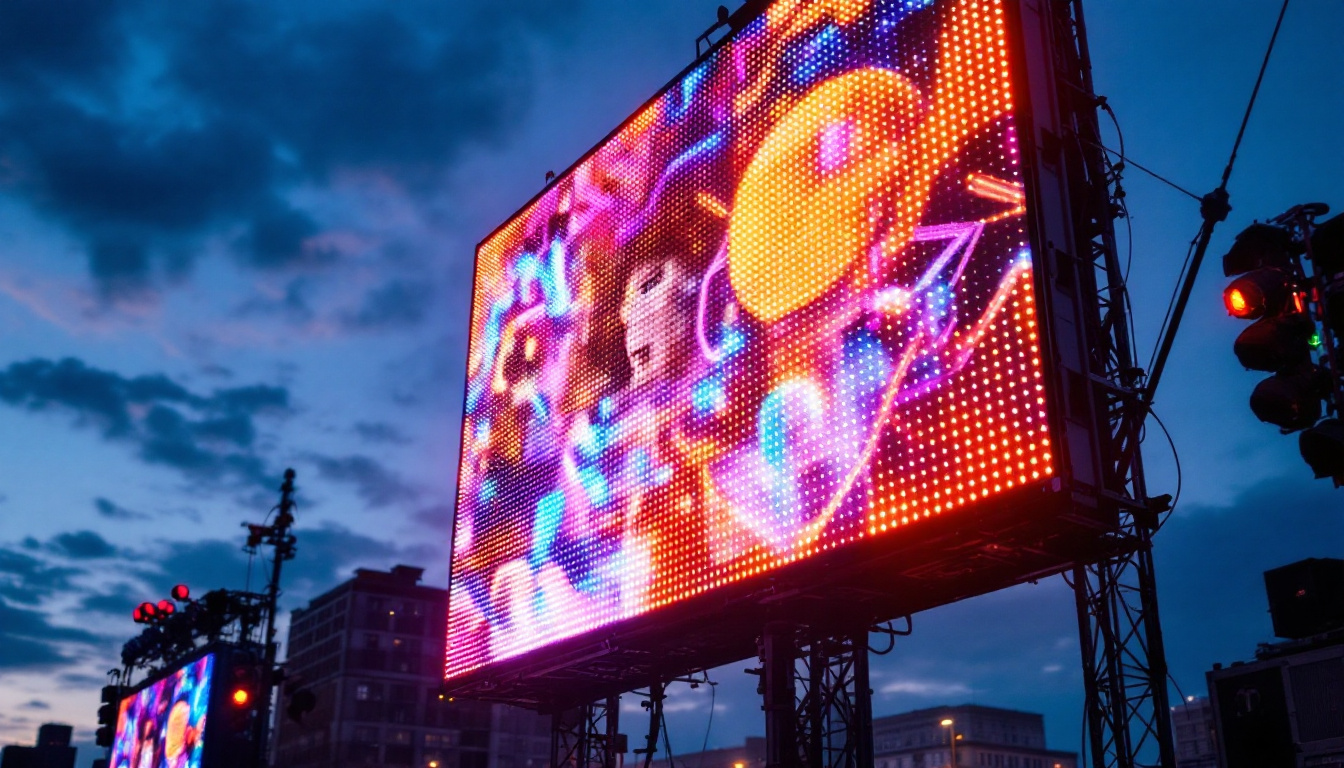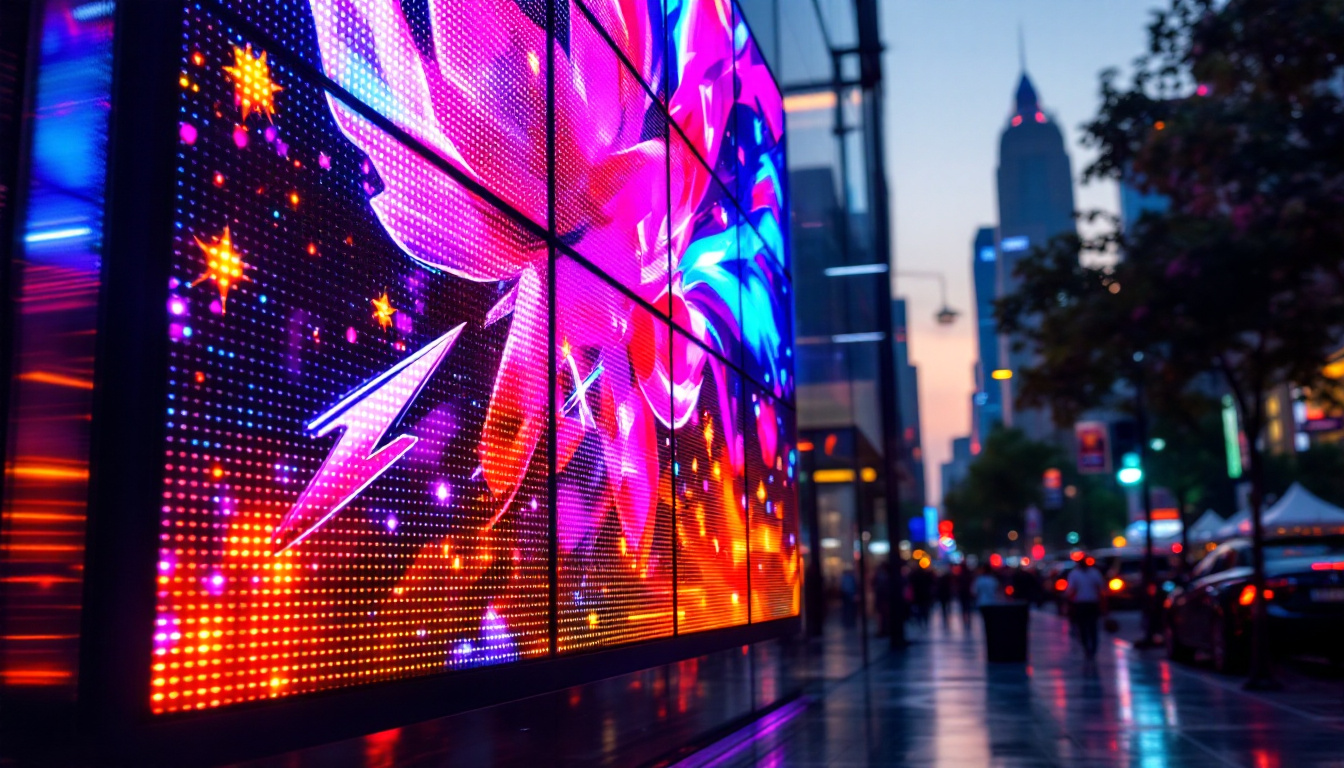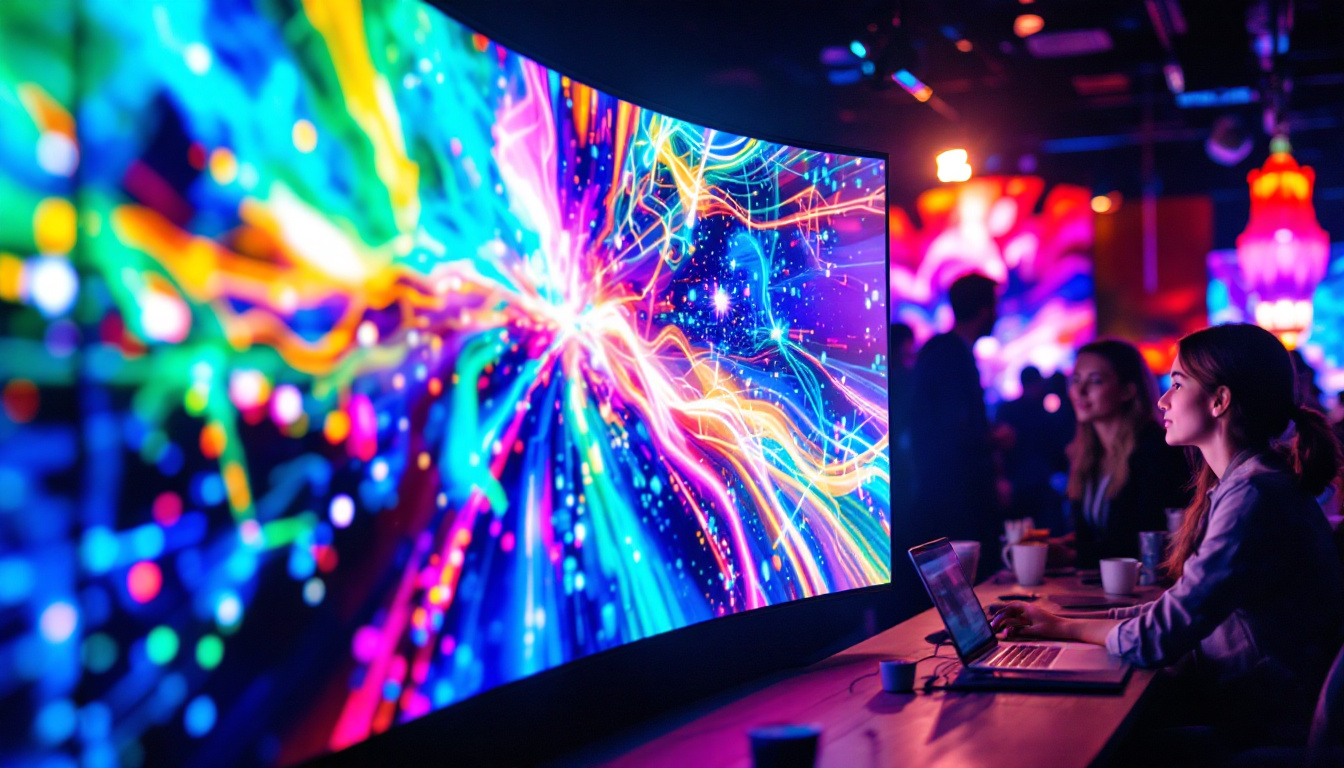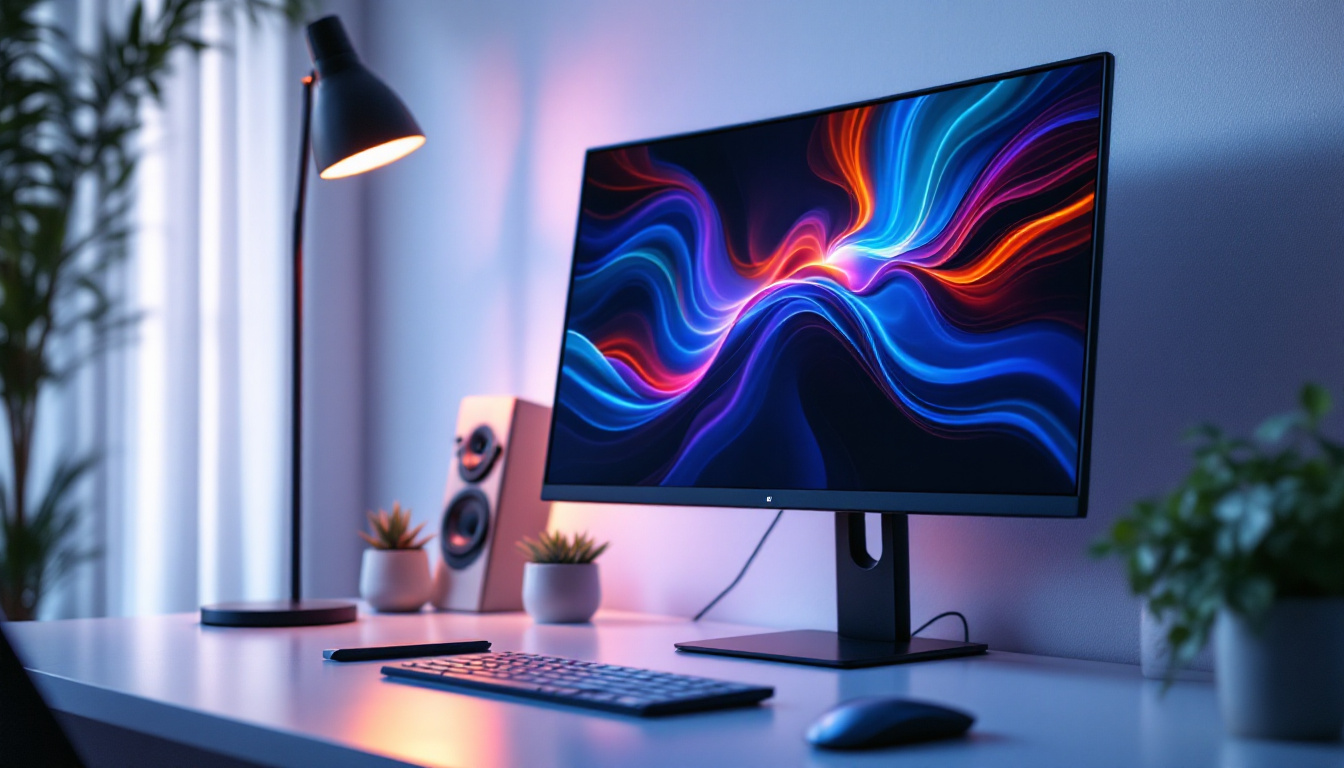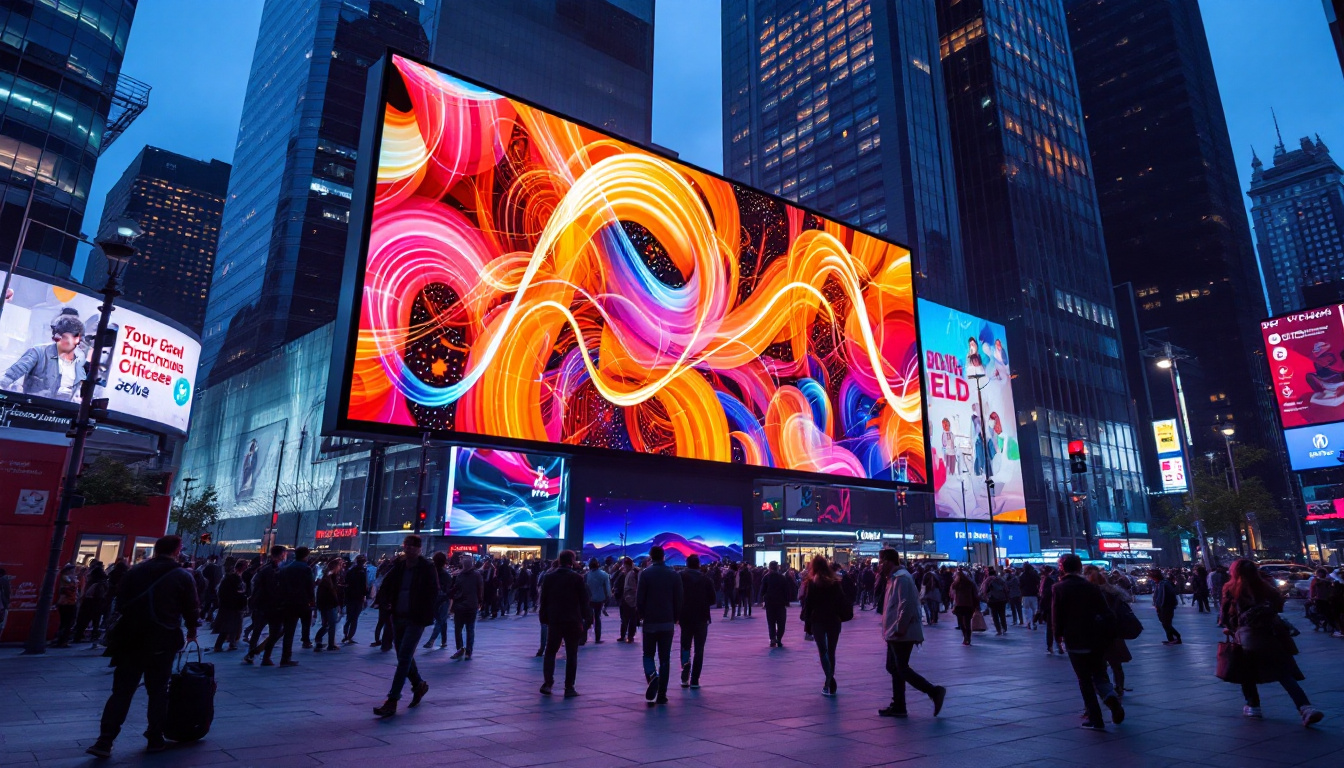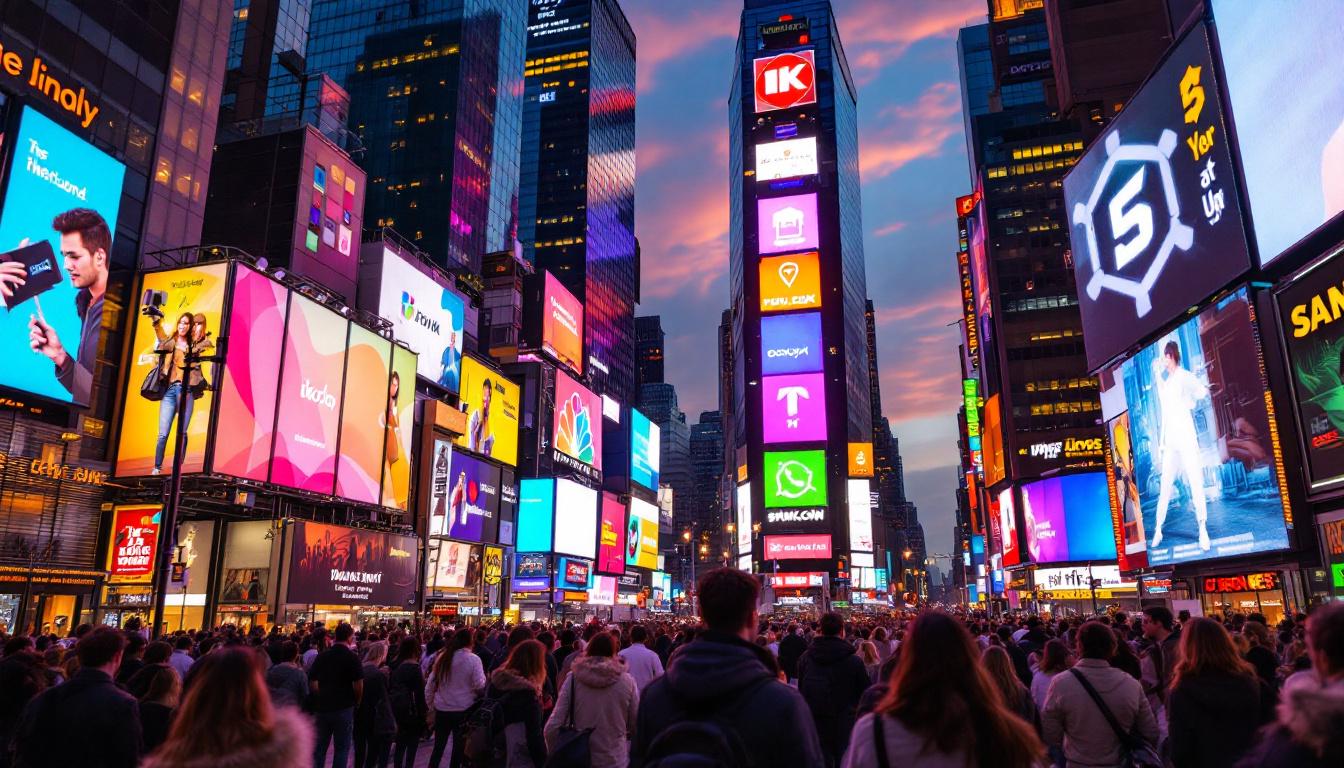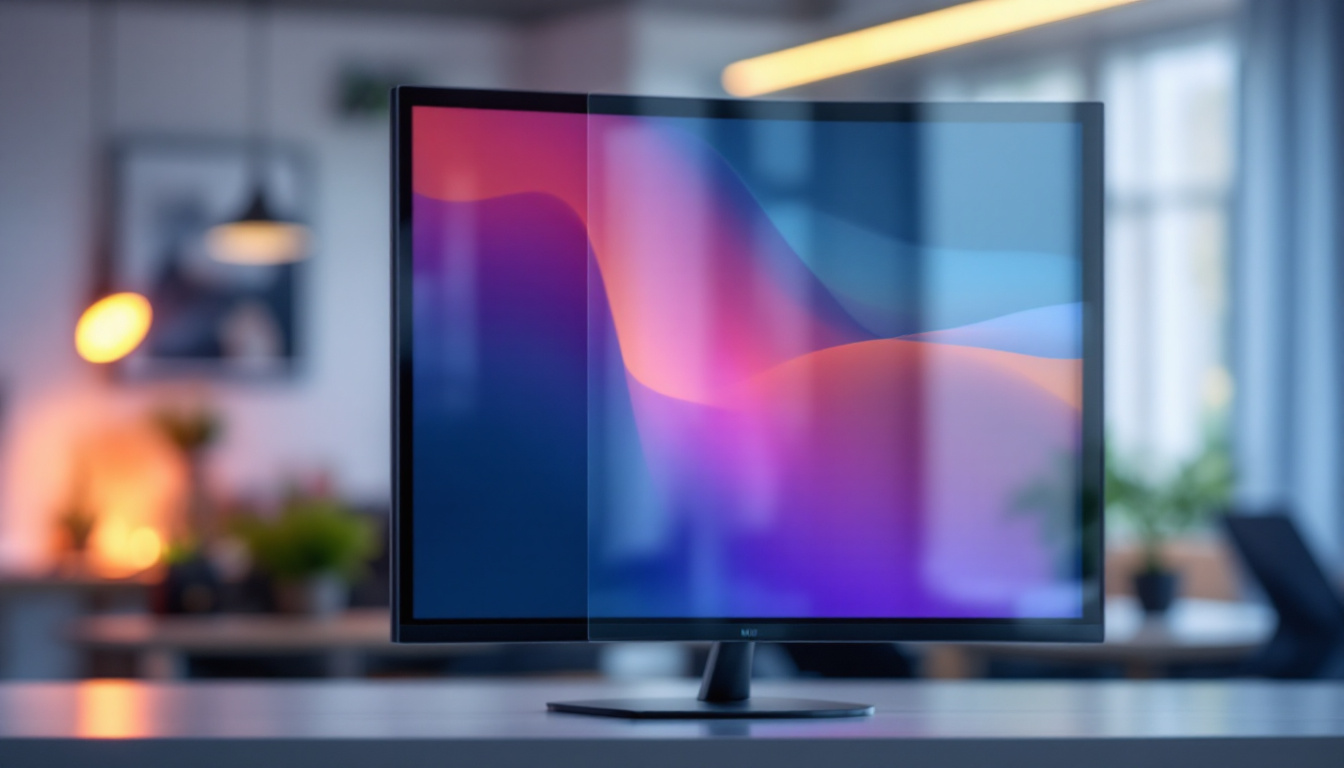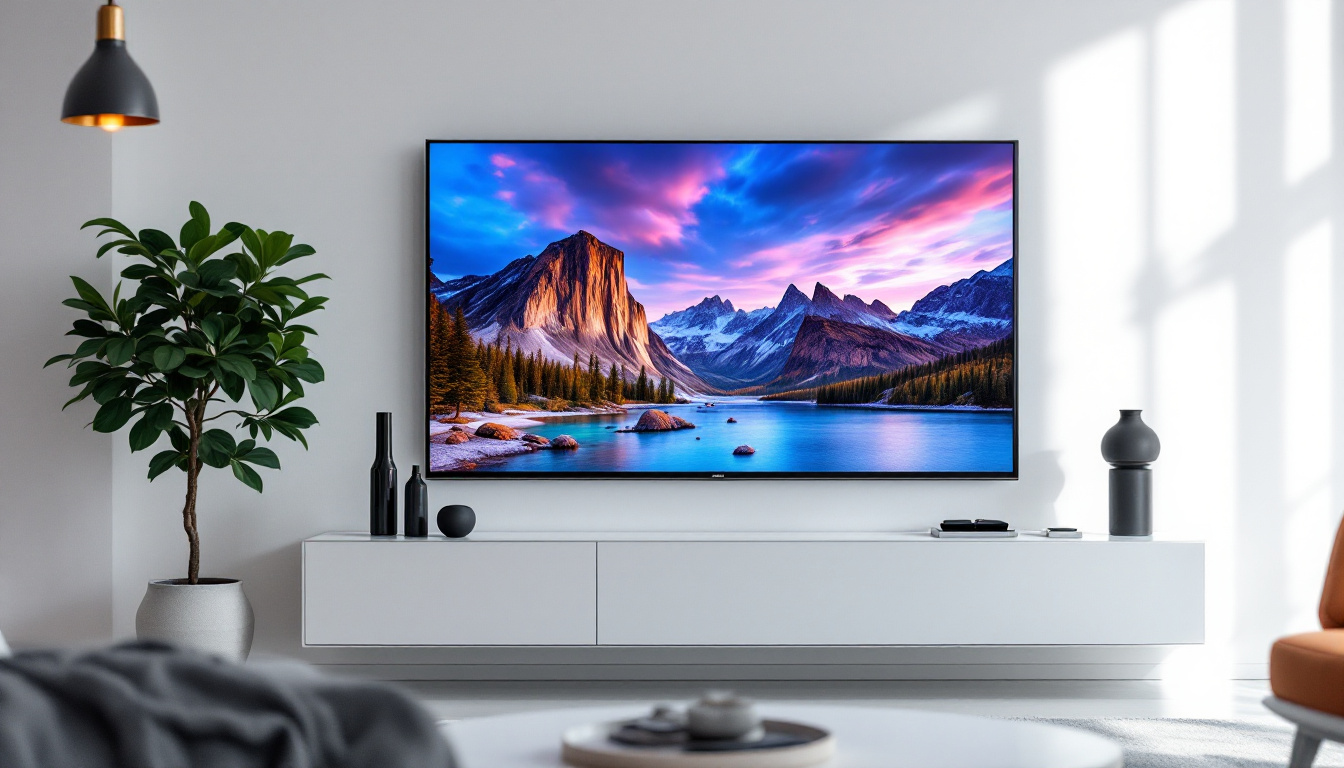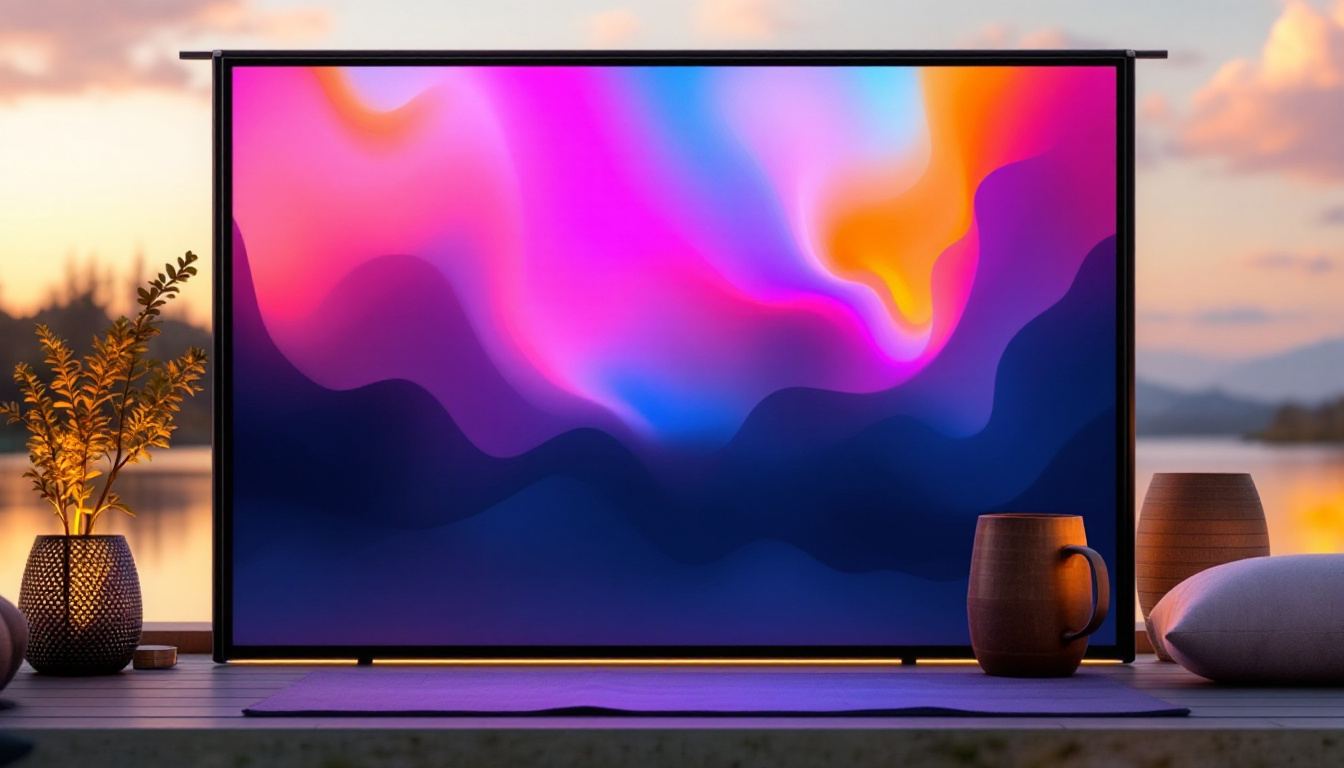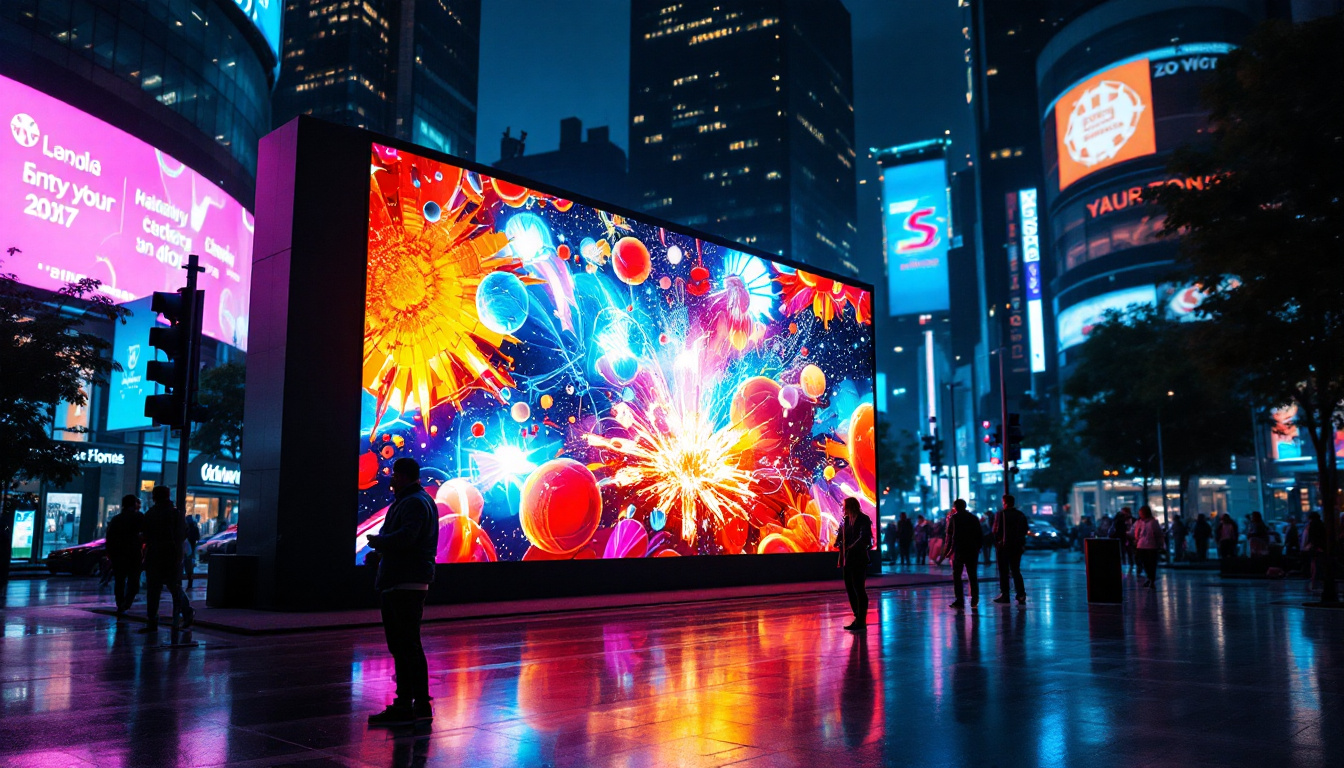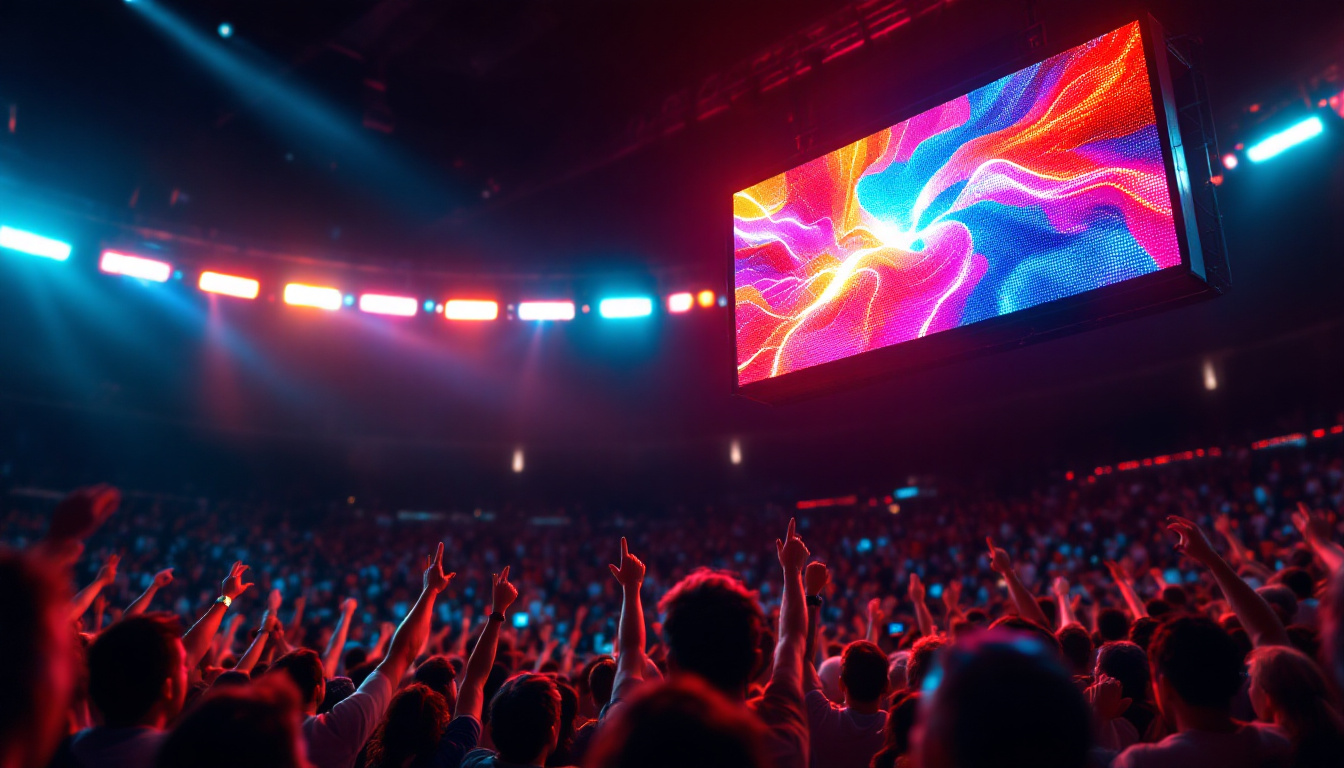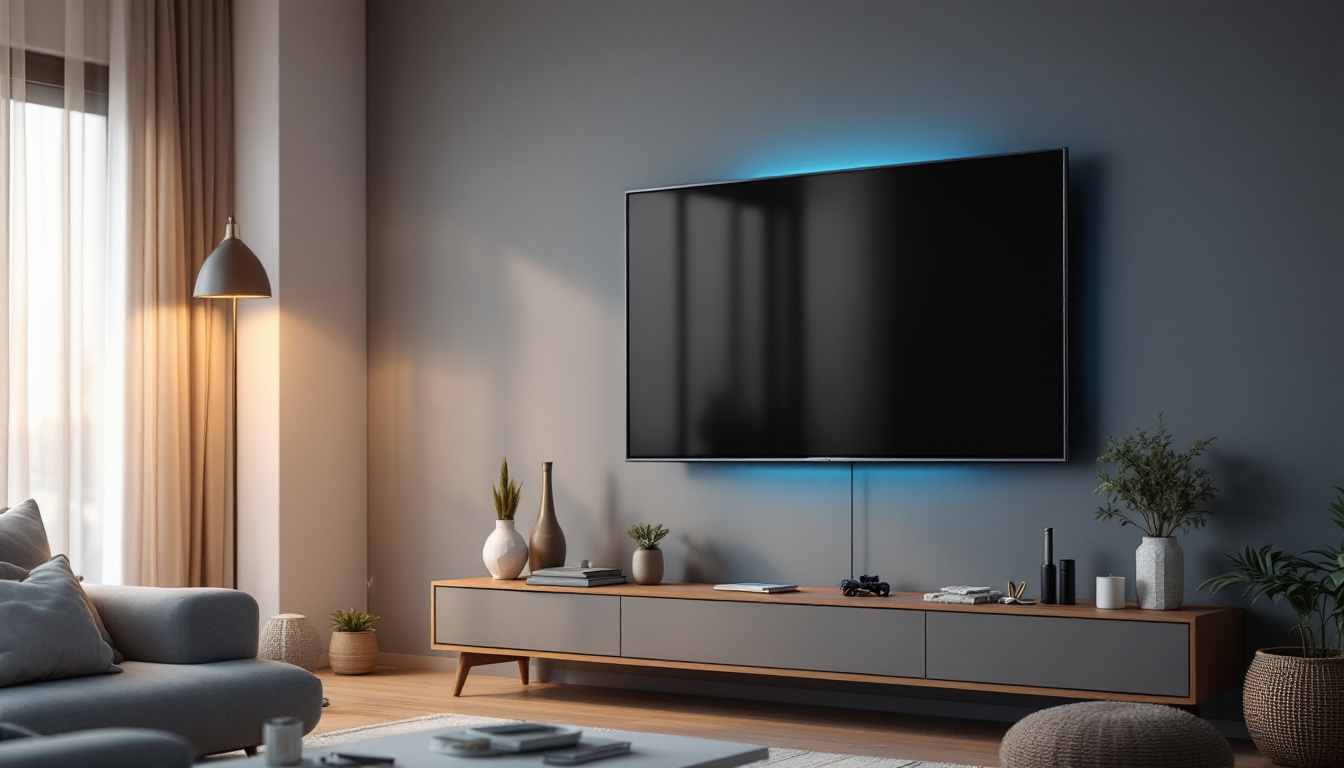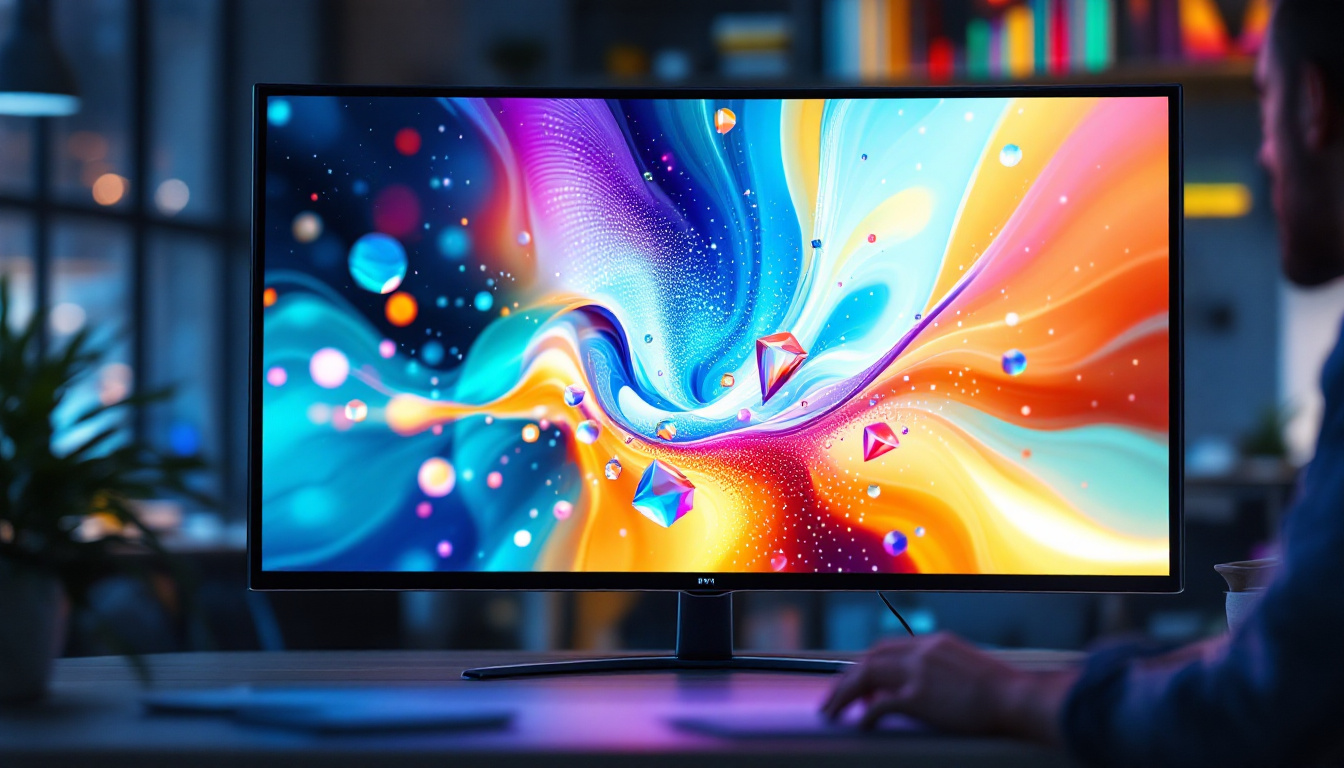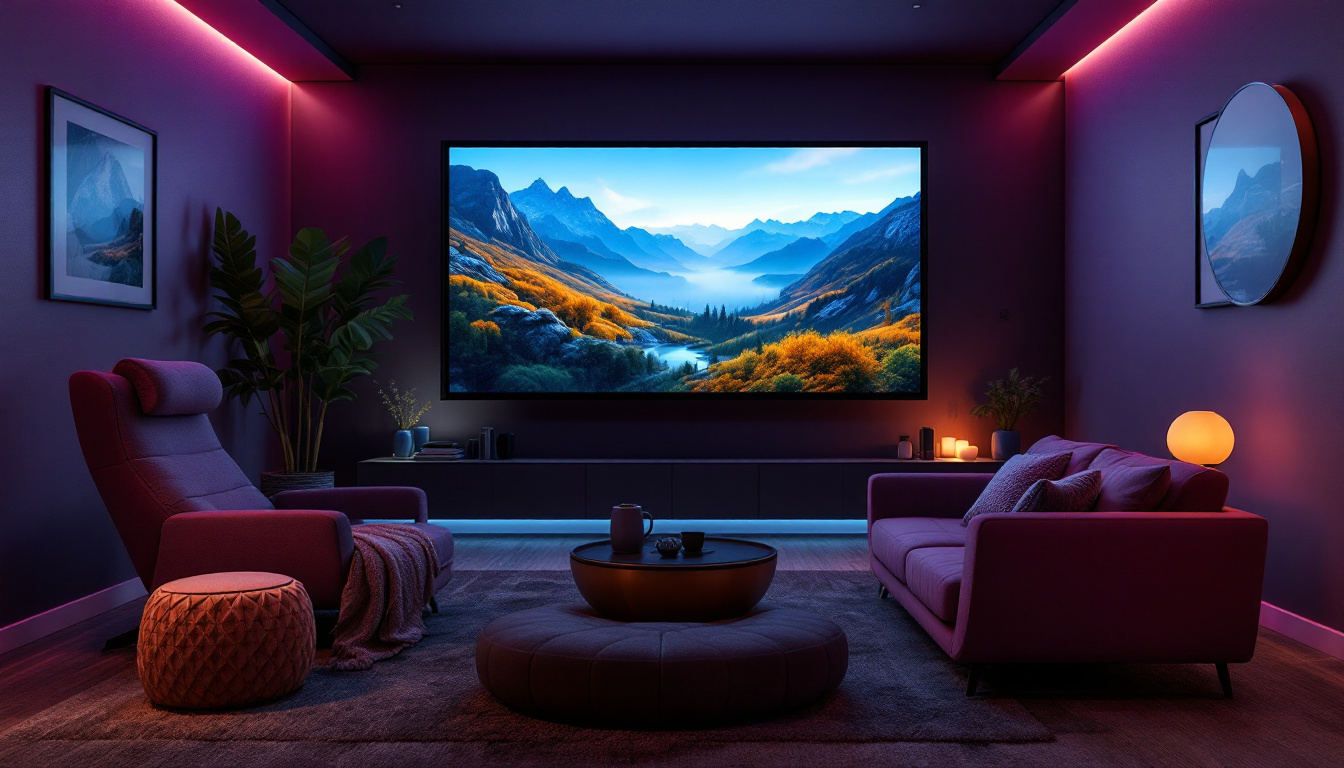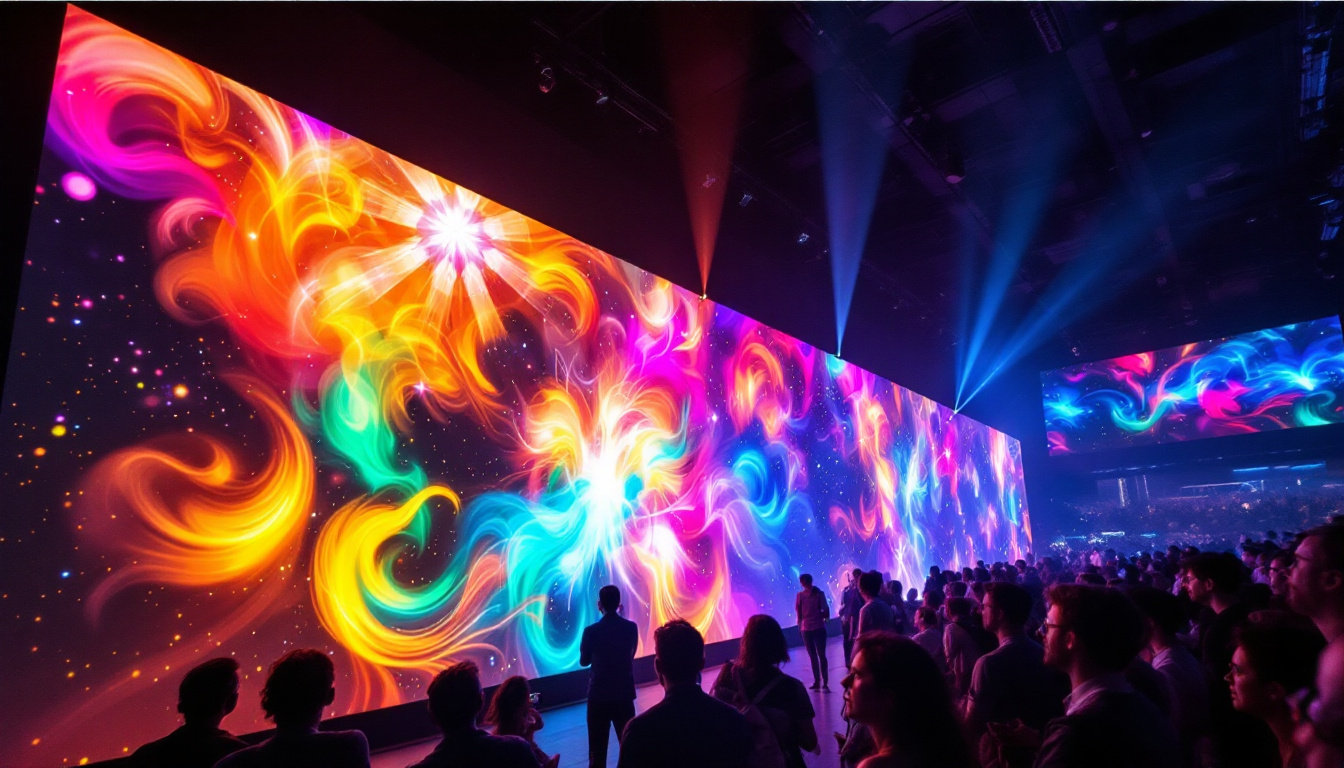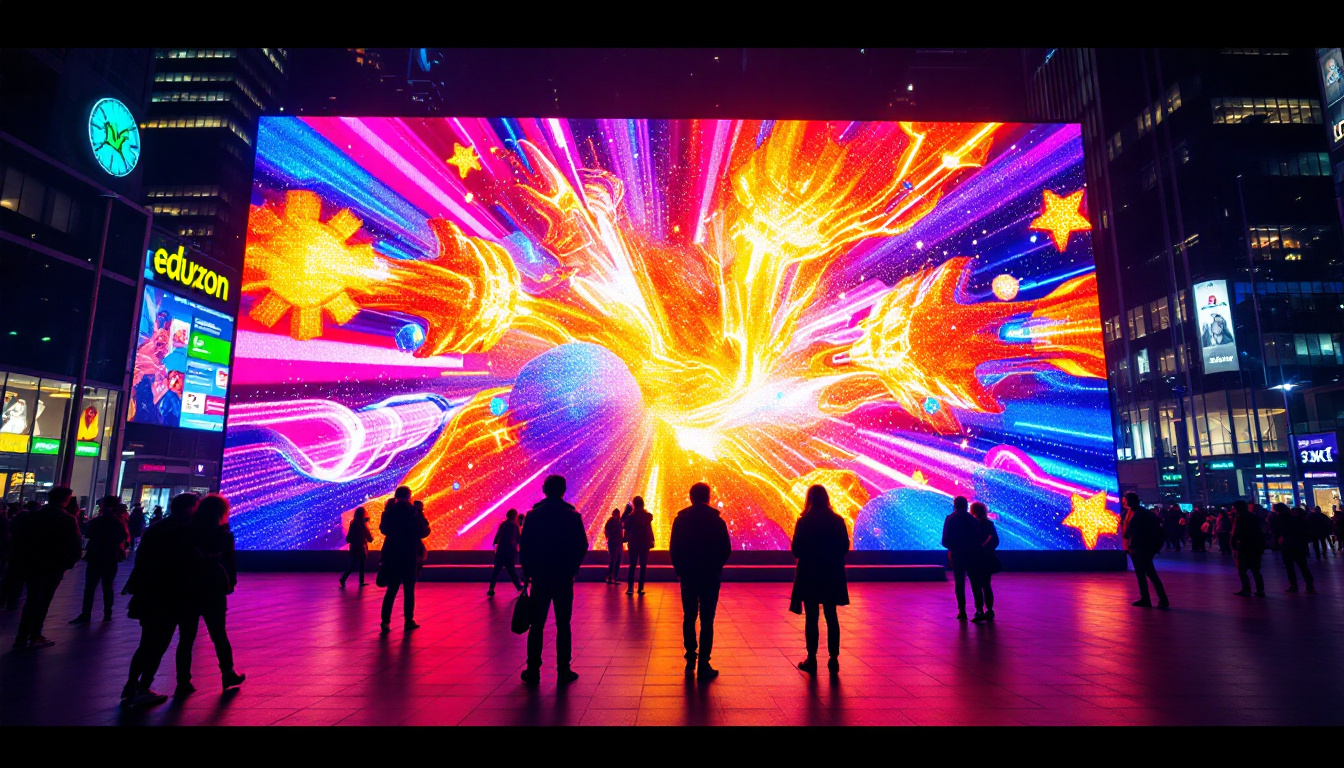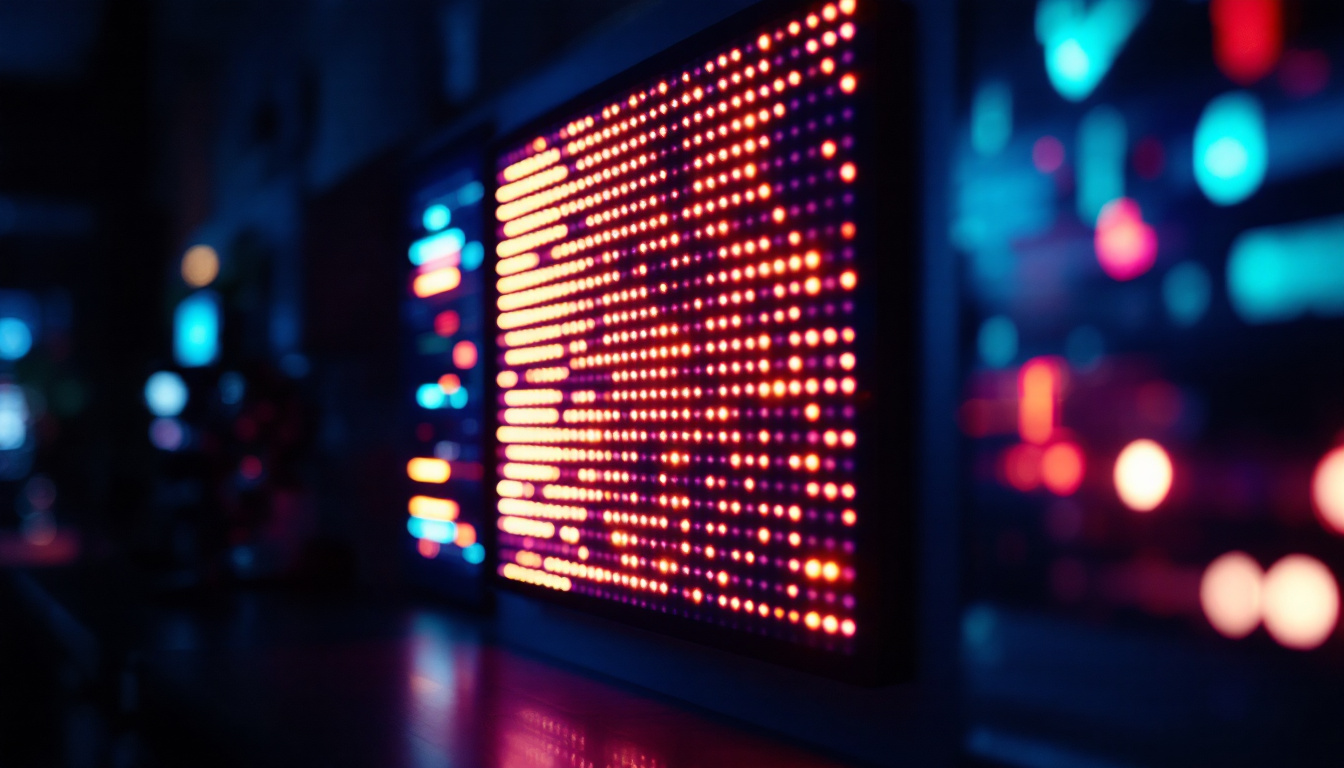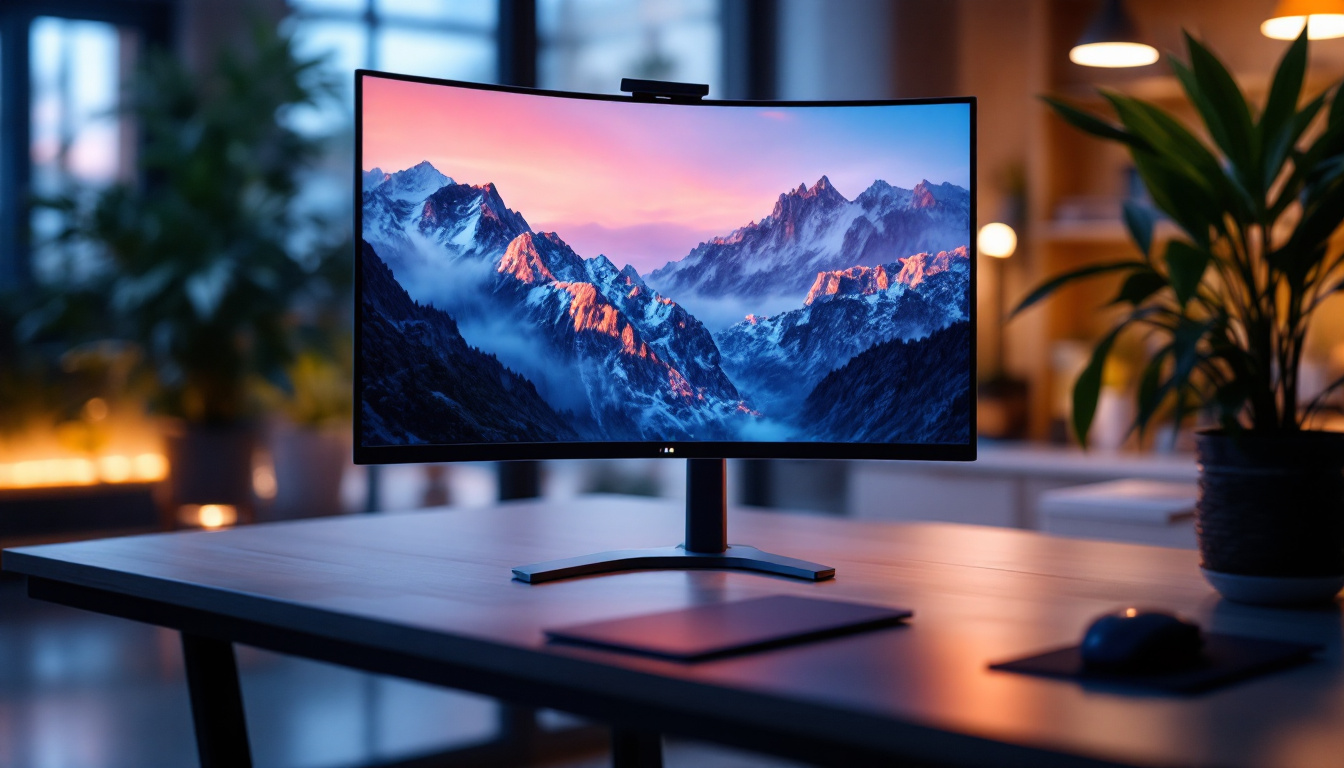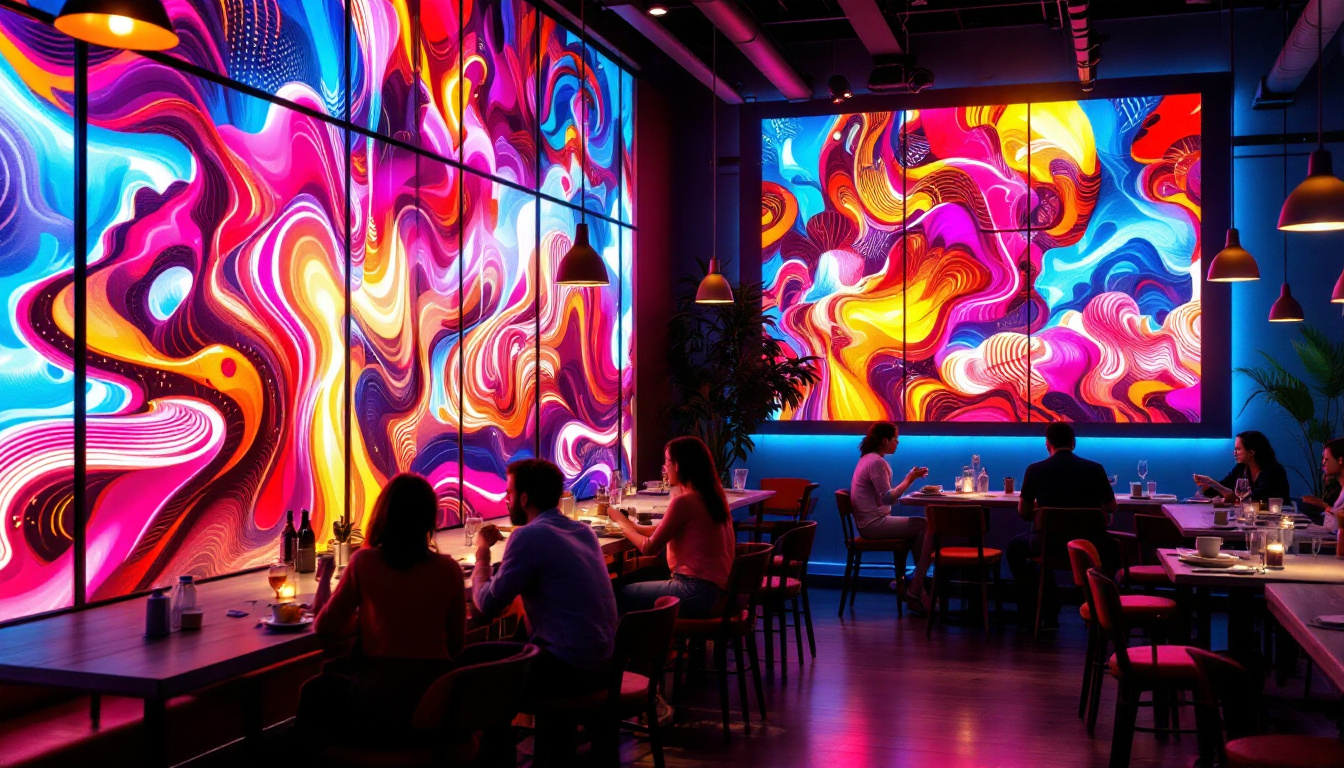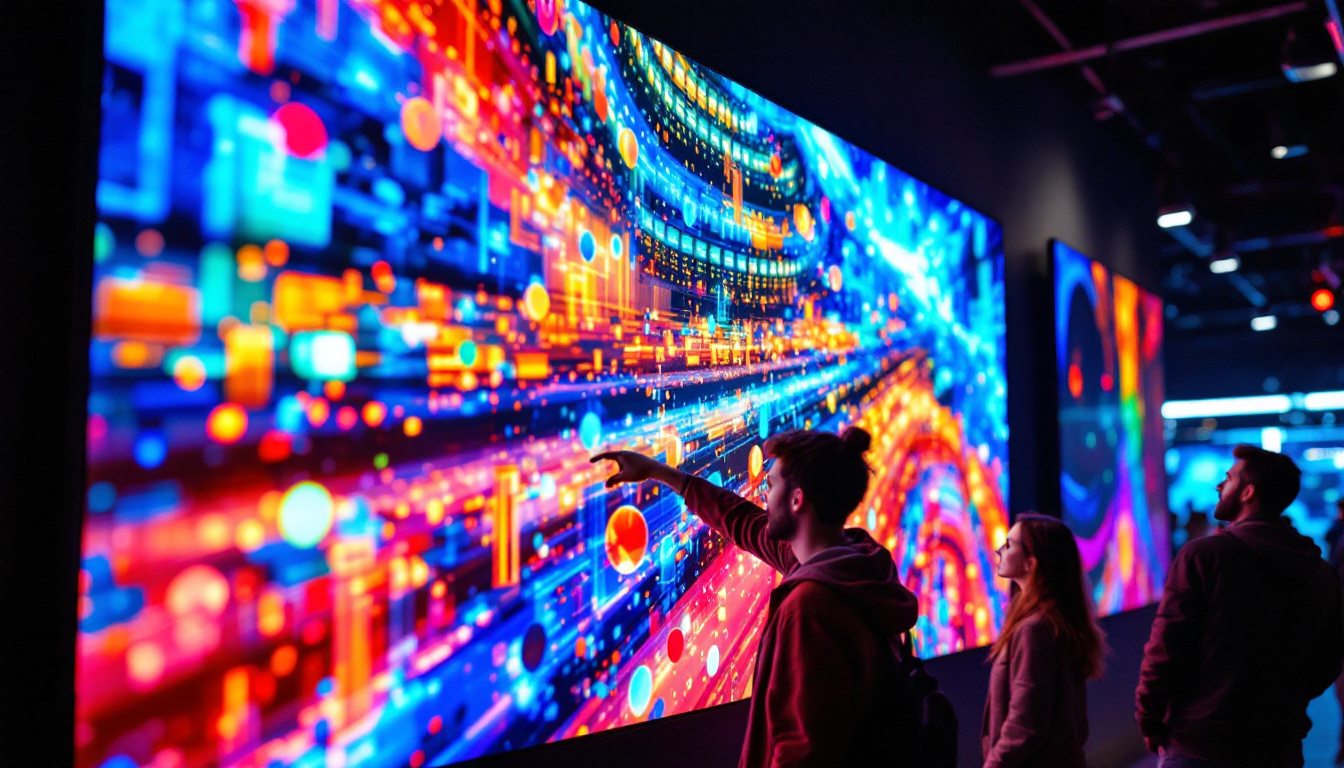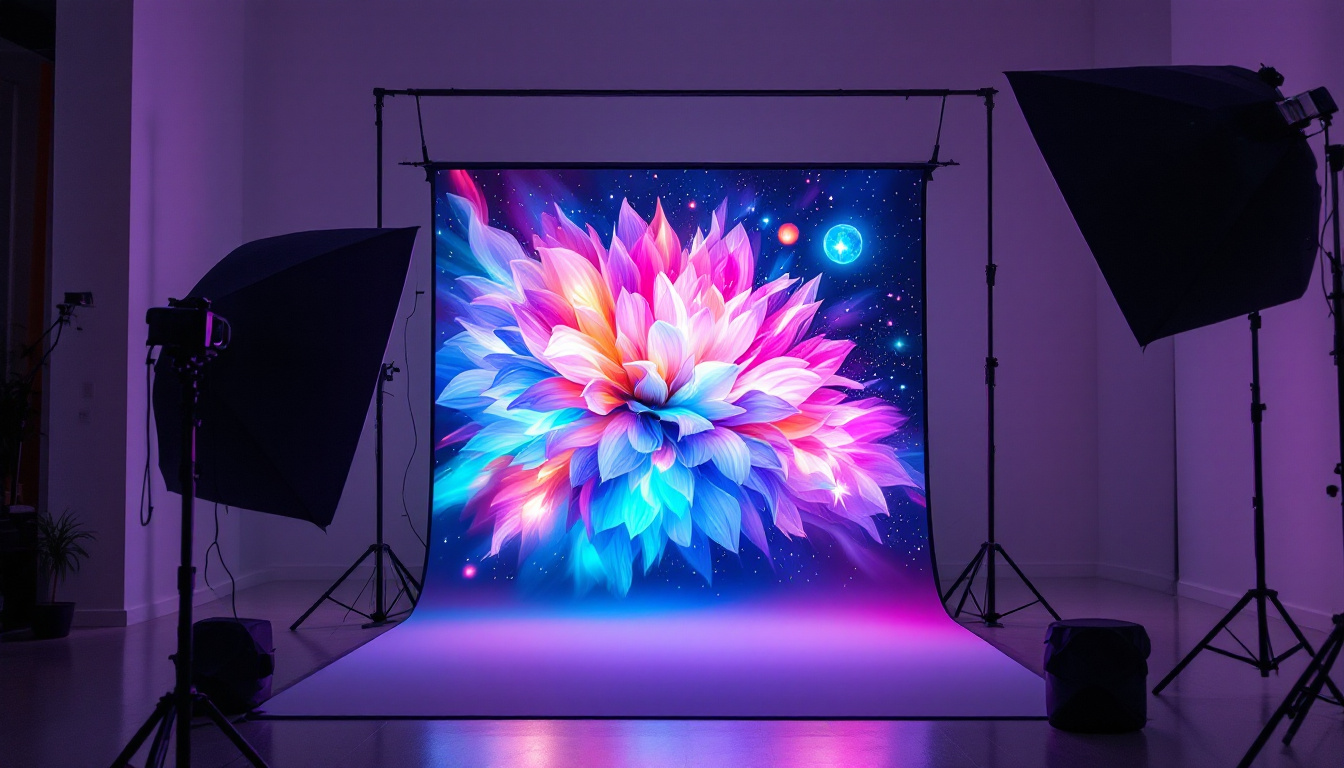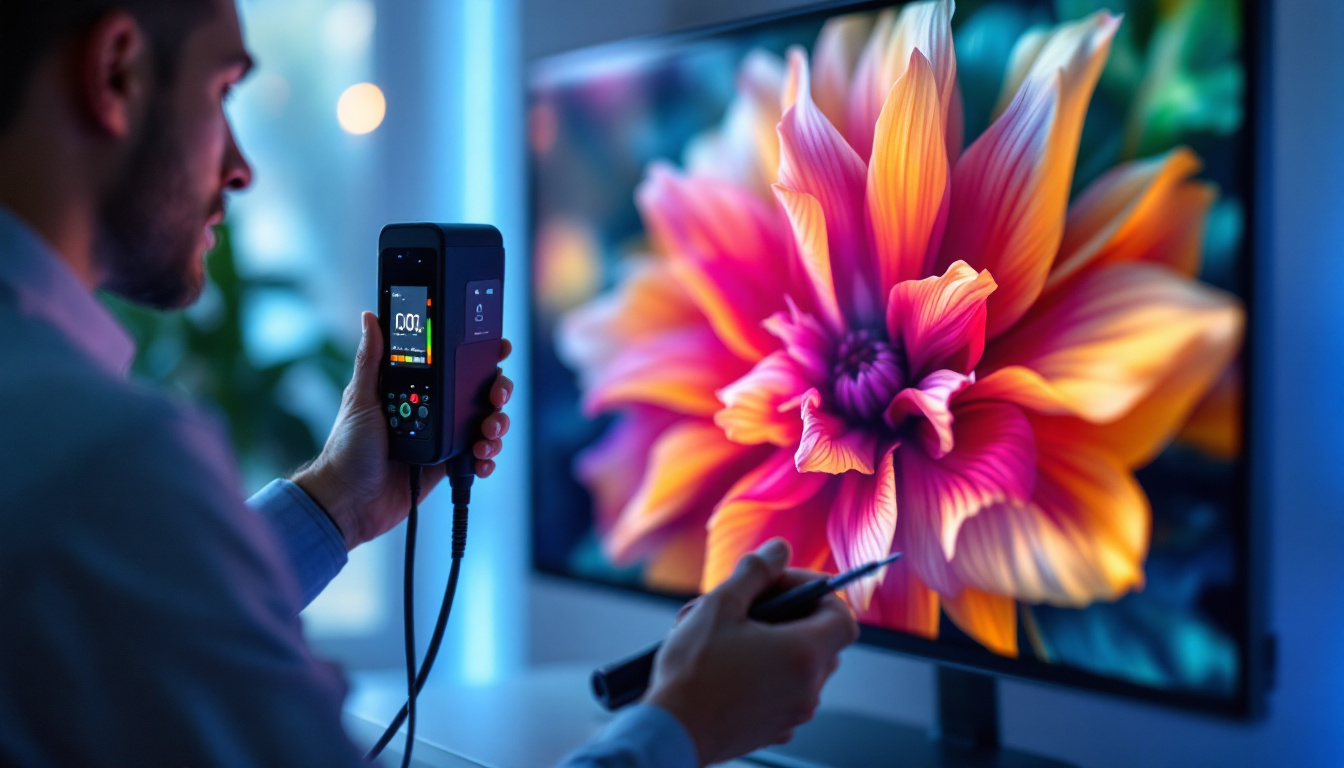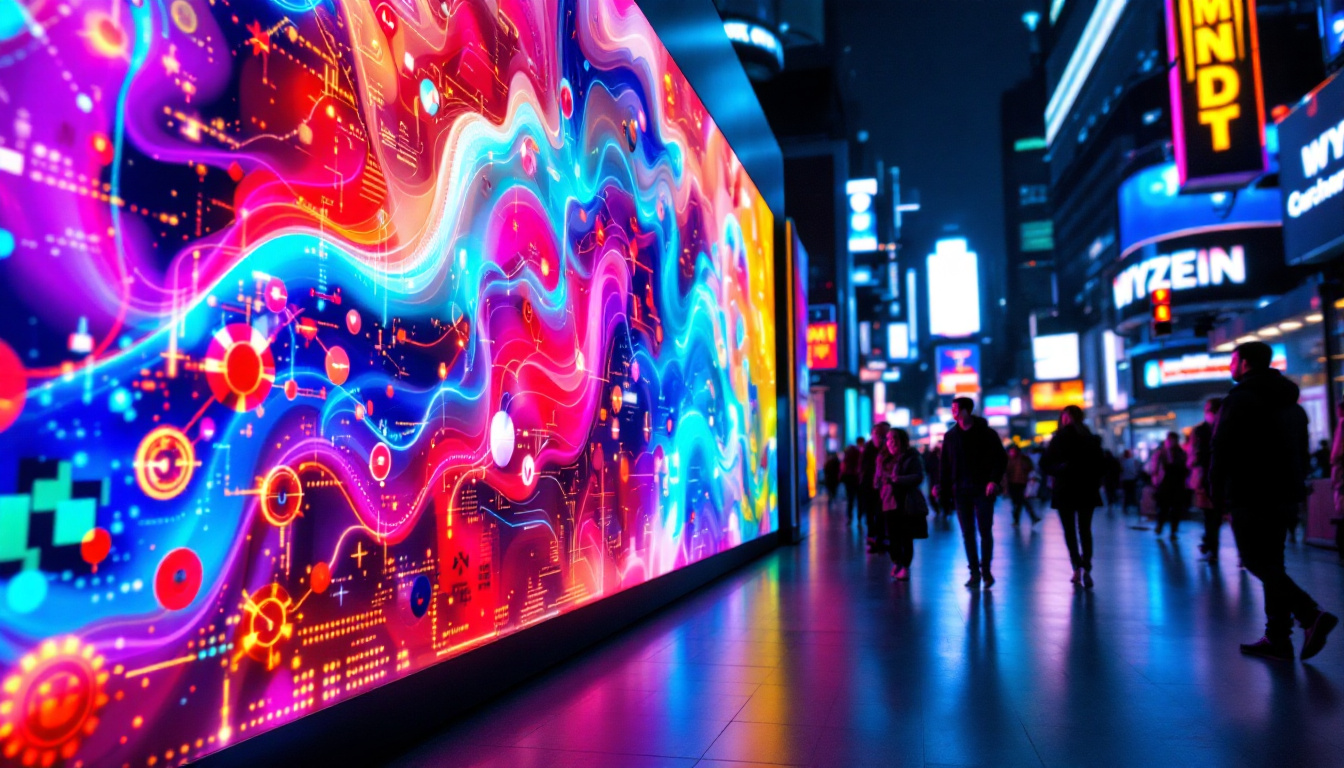In the modern world, LED displays have become an integral part of various industries, from advertising to entertainment. These vibrant screens are not only eye-catching but also highly efficient. However, the magic behind these displays lies in the software that controls them. This article delves into LED controller software, exploring its functionalities, types, and the technology that drives these displays.
Understanding LED Displays
LED displays are made up of numerous small light-emitting diodes that work together to create images and videos. Unlike traditional displays, LEDs offer brighter colors, lower energy consumption, and a longer lifespan. The versatility of LED technology allows it to be used in various formats, including billboards, stage backdrops, and even in consumer electronics. The growing popularity of LED displays can be attributed to their ability to deliver high-quality visuals while being environmentally friendly, as they consume significantly less power compared to older technologies like LCD and plasma displays.
How LED Displays Work
At the core of an LED display is a matrix of pixels, each composed of red, green, and blue diodes. By adjusting the intensity of these colors, the display can produce a wide spectrum of hues. The arrangement of these pixels determines the resolution of the display; higher pixel density results in sharper images. This technology not only enhances the viewing experience but also allows for the creation of intricate designs and animations that can capture the attention of audiences in various settings.
To control these pixels, LED controller software is employed. This software interprets the content to be displayed and translates it into signals that the LED matrix can understand. The precision and speed of this communication are crucial for maintaining image quality, especially in dynamic environments. Additionally, advancements in processing technology have led to real-time rendering capabilities, enabling live feeds and interactive content to be displayed seamlessly, making LED displays a favorite choice for concerts, sports events, and exhibitions.
Types of LED Displays
LED displays come in various forms, each designed for specific applications. Common types include:
- Indoor LED Displays: Typically used for advertising in malls or events, these displays are designed for close viewing and offer high resolution. Their brightness is optimized for indoor lighting conditions, ensuring that colors remain vibrant and clear even in well-lit environments.
- Outdoor LED Displays: Built to withstand weather conditions, these displays are often used for billboards and large-scale advertising. They feature enhanced brightness and protective coatings to resist rain, dust, and UV rays, making them ideal for capturing the attention of passersby in various outdoor settings.
- Transparent LED Displays: These innovative displays allow light to pass through, making them ideal for storefronts while still delivering vibrant content. This technology not only enhances the aesthetic appeal of retail spaces but also allows businesses to showcase products behind the display without obstructing visibility.
Another emerging type is the flexible LED display, which can be bent and shaped to fit unconventional spaces. This adaptability opens up new possibilities for creative installations in architecture and design. Furthermore, advancements in microLED technology are paving the way for even smaller, more efficient displays that promise to revolutionize everything from smartphones to large-scale digital signage, providing even more options for consumers and businesses alike.
The Role of LED Controller Software
LED controller software is essential for managing the operation of LED displays. It serves as the bridge between the content source and the display hardware. The software is responsible for rendering graphics, managing video playback, and ensuring synchronization across multiple displays. In an era where visual communication is paramount, the effectiveness of LED controller software can make a significant difference in how messages are conveyed to audiences, whether in retail environments, public spaces, or during live events.
Key Functions of LED Controller Software
LED controller software offers a variety of functionalities that enhance the user experience and display performance. Some of the key functions include:
- Content Management: The software allows users to upload, schedule, and manage content efficiently. This is particularly important for businesses that need to update advertisements frequently. With advanced content management systems, users can also create playlists, set triggers for content changes, and even integrate social media feeds to keep displays fresh and engaging.
- Real-Time Monitoring: Users can monitor the status of the display in real-time, ensuring that any issues are addressed promptly. This feature is crucial for maintaining the reliability of the display. Alerts and notifications can be configured to inform operators of any malfunctions, allowing for swift troubleshooting and minimizing downtime.
- Remote Access: Many LED controller software solutions offer remote management capabilities, allowing users to control displays from anywhere, enhancing flexibility and convenience. This is particularly beneficial for organizations with multiple locations, as it enables centralized control over all displays without the need for on-site personnel.
Importance of User Interface
A well-designed user interface (UI) is vital for effective LED controller software. A user-friendly UI ensures that operators can navigate the software easily, reducing the learning curve and minimizing errors. Features such as drag-and-drop content placement, intuitive scheduling tools, and clear performance metrics contribute to a seamless user experience. The ability to preview content before it goes live also adds an extra layer of confidence for users, allowing them to make adjustments as needed.
Moreover, the UI should be customizable to accommodate various user preferences and operational needs. This adaptability can significantly enhance productivity and streamline workflows. For instance, operators may benefit from customizable dashboards that highlight the most relevant information at a glance, such as display health, scheduled content, and engagement metrics. Additionally, incorporating user feedback into UI design can lead to continuous improvements, ensuring that the software evolves alongside the needs of its users.
Furthermore, as LED technology continues to advance, the software must also evolve to support new features and capabilities. This includes compatibility with emerging technologies such as augmented reality (AR) and virtual reality (VR), which can provide immersive experiences for viewers. As businesses look for innovative ways to capture attention, the integration of such technologies into LED controller software will be crucial for staying ahead in a competitive landscape.
Types of LED Controller Software
There are several types of LED controller software available in the market, each catering to different needs and applications. Understanding these types can help businesses choose the right solution for their specific requirements.
Standalone Software
Standalone LED controller software is designed to operate independently of other systems. It is typically installed on a dedicated computer or server and is used to control a single display or a limited number of displays. This type of software is often favored for its simplicity and ease of use, making it ideal for small businesses or single-location operations.
Networked Software Solutions
For larger operations that require managing multiple displays across different locations, networked LED controller software is the preferred choice. This software allows for centralized control, enabling users to manage content across various displays from a single interface. Networked solutions often include advanced features such as real-time analytics, automated scheduling, and enhanced security protocols.
Cloud-Based Solutions
Cloud-based LED controller software has gained popularity due to its scalability and accessibility. Users can access the software from any device with an internet connection, making it convenient for businesses with remote teams or multiple locations. Cloud solutions often come with built-in collaboration tools, allowing teams to work together seamlessly on content creation and management.
Choosing the Right LED Controller Software
Selecting the appropriate LED controller software is crucial for maximizing the potential of LED displays. Several factors should be considered to ensure the chosen solution aligns with business needs and operational goals.
Assessing Business Needs
Before making a decision, it is essential to assess the specific needs of the business. Consider factors such as the number of displays, the type of content to be displayed, and the frequency of updates. For instance, a business that relies heavily on dynamic advertising may require a more robust solution with advanced scheduling and content management features.
Evaluating Features and Capabilities
Different LED controller software solutions come with varying features. It is important to evaluate these capabilities against the requirements of the business. Key features to look for include:
- Content scheduling and automation
- Real-time monitoring and diagnostics
- Integration with third-party applications
- Customization options for user interface
Considering Budget and Support
Budget constraints are a common consideration when selecting software. It is essential to find a solution that offers the best value for money without compromising on essential features. Additionally, consider the level of customer support provided by the software vendor. Reliable support can be invaluable in resolving issues quickly and ensuring smooth operation.
Future Trends in LED Controller Software
The landscape of LED controller software is continuously evolving, driven by technological advancements and changing market demands. Several trends are shaping the future of this software, offering exciting possibilities for users and industries alike.
Integration with AI and Machine Learning
Artificial intelligence (AI) and machine learning are beginning to play a significant role in LED controller software. These technologies can analyze viewer engagement and optimize content delivery based on real-time data. For instance, AI algorithms can determine the best times to display specific advertisements based on audience behavior, maximizing impact and effectiveness.
Enhanced Interactivity
As consumer expectations evolve, there is a growing demand for interactive LED displays. Future software solutions are likely to incorporate features that allow for real-time interaction with viewers. This could include touch-sensitive displays or integration with mobile applications, enabling users to engage with content in innovative ways.
Increased Focus on Sustainability
With a global emphasis on sustainability, LED controller software is expected to incorporate features that promote energy efficiency and reduce environmental impact. This may include tools for monitoring energy consumption and optimizing display settings to minimize waste. As businesses become more environmentally conscious, such features will be crucial in maintaining a competitive edge.
Conclusion
LED controller software plays a pivotal role in the functionality and effectiveness of LED displays. By understanding the various types of software, their features, and future trends, businesses can make informed decisions that enhance their operations and improve audience engagement. As technology continues to advance, the possibilities for LED displays and their controller software are limitless, paving the way for more dynamic and interactive experiences.
Discover LumenMatrix’s Advanced LED Solutions
Ready to elevate your visual communication with cutting-edge LED technology? LumenMatrix is at the forefront of innovation, offering a comprehensive range of LED display solutions tailored to your unique needs. From captivating Indoor LED Walls to robust Outdoor displays and beyond, our mission is to transform your brand’s visibility and audience engagement. Experience the future of digital signage with LumenMatrix and create unforgettable visual experiences. Check out LumenMatrix LED Display Solutions today and see the difference for yourself.

